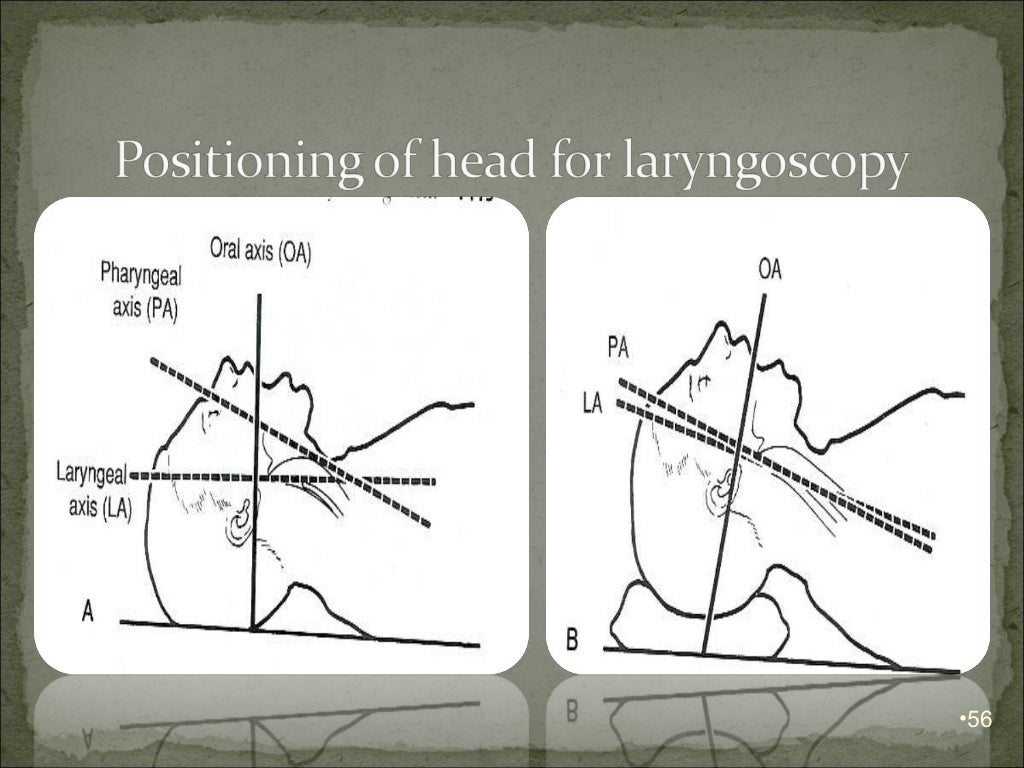A guide to airway management for first aiders and responders
Table of Contents
Table of Contents
Have you ever had trouble breathing? It’s a scary feeling when the airways are obstructed, and it can be life-threatening in certain situations. That’s why understanding open airway maintenance strategies is essential for everyone.
The fear of not knowing what to do during an emergency can cause anxiety and panic, making it difficult to perform essential life-saving procedures. With open airway maintenance strategies, you can learn how to clear airways and provide assistance until help arrives.
If you want to know-how and when to use various strategies to maintain an open airway, continue reading to learn more about this critical topic.
Open airway maintenance strategies have one clear target: to ensure the air pathway remains clear and open for an individual to breathe effectively. There are various reasons why airways can become obstructed such as choking, foreign objects, allergic reactions, or a tongue falling back. Maintaining an open airway can be accomplished by performing life-saving procedures such as the use of basic airway management techniques and Cardiopulmonary Resuscitation (CPR), both of which will be discussed in detail below.
Basic Airway Management Techniques
As a first aider, you can maintain an open airway by using various techniques. One vital method is to utilize the Head-Tilt Chin-Lift technique to open the airway and prevent the tongue from blocking airflow. It is simple to do and involves tilting the individual’s head back gently while lifting their chin, causing the tongue to move forward away from the back of the throat. It’s important to remember to stabilize the individual’s neck beforehand to prevent any further injury.
 Cardiopulmonary Resuscitation (CPR)
Cardiopulmonary Resuscitation (CPR)
Cardiopulmonary Resuscitation (CPR) is a well-known technique used to maintain an open airway in emergency situations. If the person is not breathing, CPR should be initiated immediately. It involves compressing the chest to force blood through the heart and vital organs, providing crucial life support to the individual. The process is an effective way to provide oxygen and maintain circulation until professional medical help arrives.
 ### Avoiding Obstruction of Airway
### Avoiding Obstruction of Airway
The Airway can become obstructed due to various reasons, but certain precautions can reduce the likelihood of an obstruction. For example, avoiding large pieces of food or chewing your food properly before swallowing to reduce the risk of choking. Secondly, individuals suffering from allergies should carry an EpiPen and keep it at reach at all times. Lastly, avoiding smoking and air pollutants since they can cause respiratory problems and result in long-term lung damage.
 #### Important Note and Safety Measure
#### Important Note and Safety Measure
It’s essential to remember that open airway maintenance strategies should only be performed by individuals who have received proper training and certification. Attempting advanced techniques without proper training can result in further injury and aggravate the situation. Practicing open airway maintenance strategies can ultimately save lives if done correctly.
Question and Answer
Q: Are open airway maintenance strategies only applicable to adults?
A: No, open airway maintenance strategies apply to infants, children, and adults.
Q: What should you do if foreign objects are lodged in the airway?
A: Attempt to dislodge the obstruction by using the Heimlich maneuver
Q: Is CPR only for individuals with cardiac arrest?
A: Yes, CPR is a technique used to restore breathing and circulation in individuals with cardiac arrest. If an individual is not breathing, CPR should be initiated immediately.
Q: Can previous medical conditions contribute to airway obstruction?
A: Yes, certain medical conditions such as neurological disorders, tumors, and infections can lead to airway obstruction.
Conclusion of Open Airway Maintenance Strategies
Open airway maintenance strategies are essential skills that can save lives. Basic airway management techniques, including the Head-Tilt Chin-Lift technique, and Cardiopulmonary Resuscitation (CPR), can maintain an open airway and provide life support to an individual in an emergency. It’s important to remember the precautions, practice safety measures, and have proper training and certification before attempting any open airway management technique.
Gallery
A Guide To Airway Management For First Aiders And Responders - First

Photo Credit by: bing.com / airway first management aid methods control responders aiders guide lift chin head manual
Airway Management

Photo Credit by: bing.com / airway
Cardiopulmonary Resuscitation (CPR): A Simple Life Saving Measure That

Photo Credit by: bing.com / cpr position saving life chin tilt lift head simple airway maintenance resuscitation cardiopulmonary measure everyone must know breathing mouth patient
Airway & Esophageal Workshops | SickKids Pediatric Otolaryngology Workshops

Photo Credit by: bing.com / airway pediatric workshops esophageal sickkids otolaryngology surgery toronto workshop international endoscopic
Nutrition

Photo Credit by: bing.com / airway open respiratory boost immune nasal pulmonary improving increasing endurance formulated function issues healthy system





